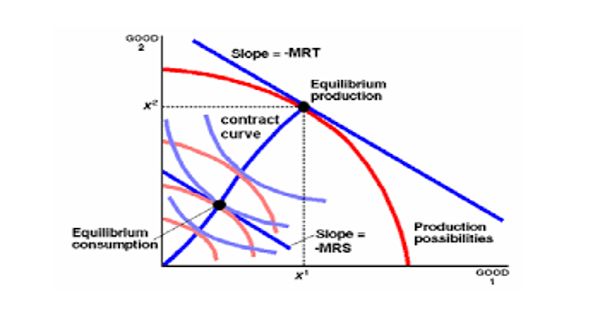A transfer payment is a one-way payment made to a person or organization for which no goods or services were given or exchanged. In macroeconomics and finance, it is the redistribution of income and wealth by the government making a payment without receiving goods or services in return. This is in contrast to a simple “payment,” which in economics refers to the exchange of money for a product or service. Transfer payments are commonly used to describe efforts by local, state, and federal governments to redistribute funds to those in need.
A transfer payment is a monetary payment for which no goods or services are exchanged. These payments are regarded as non-exhaustive because they do not directly consume resources or generate output. Welfare, financial aid, social security, and government subsidies for specific businesses are all examples of transfer payments. Social Security payments, whether for retirement or disability, are likely the most well-known type of transfer payment. Despite the fact that most recipients paid into the system during their working lives, these are considered transfer payments. Similarly, unemployment benefits are regarded as transfer payments.
Unlike an exchange transaction, which benefits all parties involved, a transfer payment involves a donor and a recipient, with the donor giving up something of value in exchange for nothing. Transfers can occur between individuals as well as entities such as private companies or government agencies. These transactions can be voluntary or involuntary and are generally motivated by either the donor’s altruism or the recipient’s malevolence.
It is a payment made by the government to an individual that is not part of exchange but rather represents a gift with no expectation of receiving or requiring anything in return. Student scholarship grants, welfare checks, and social security benefits are all examples of transfer payments. One of the most direct ways for a government to pursue income redistribution policies is to establish programs that provide transfer payments from the budget to specific favored categories of the population.
Subsidies, or transfer payments, are analytically equivalent to negative taxes. As a result, with the single exception that all signs are reversed, the theory of tax incidence is fully applicable to government transfer payments. When offset by an immediate reduction in transfer payments, all four distortionary tax reductions increase long-run GDP. Because dividend and corporate taxes are more distortive, the increase in GDP is greatest when they are reduced.
Government spending is not included in the calculation of gross domestic product (GDP) because it is the reallocation of money from one party to another rather than expenditure on newly produced goods and services.
















